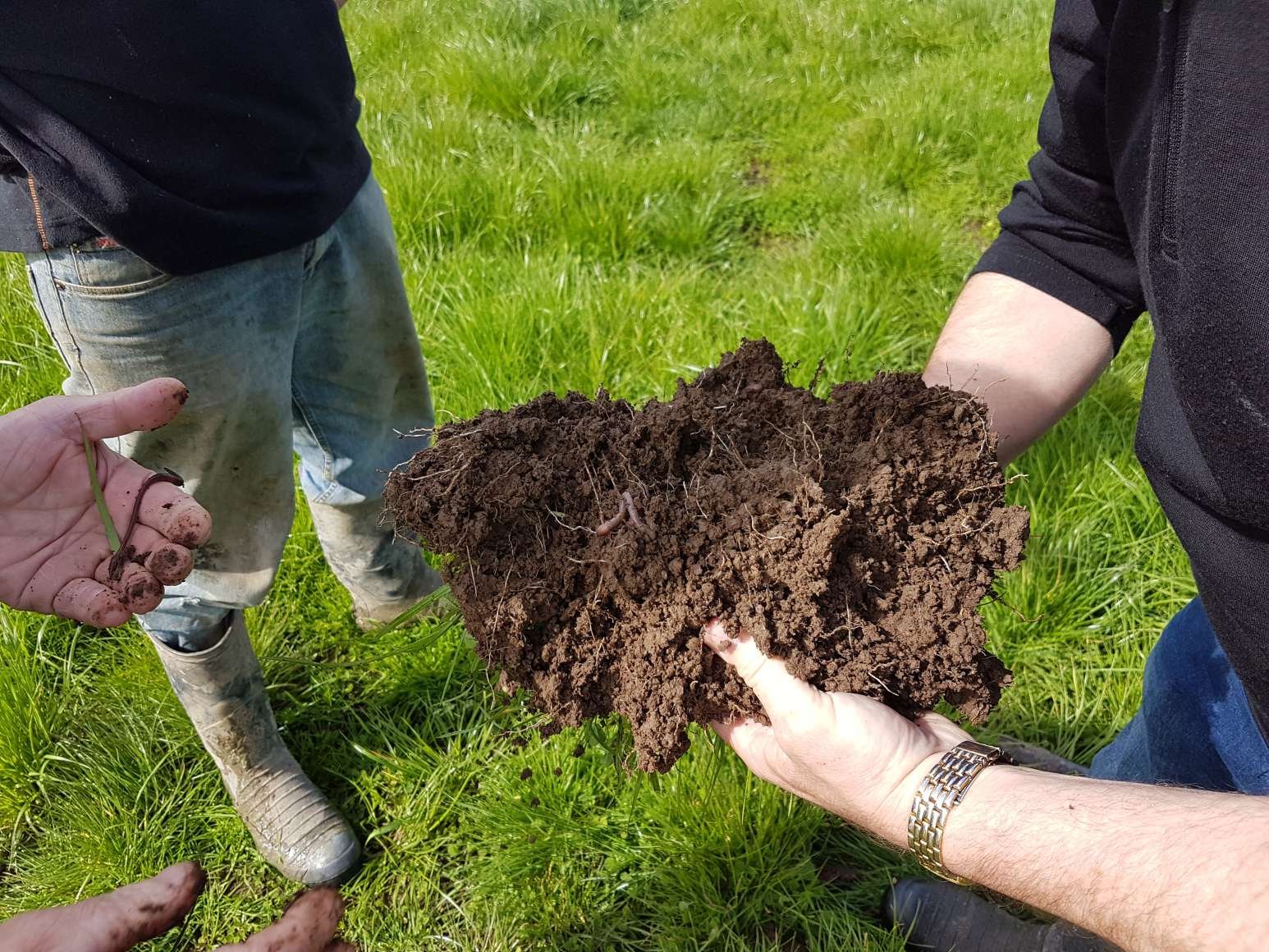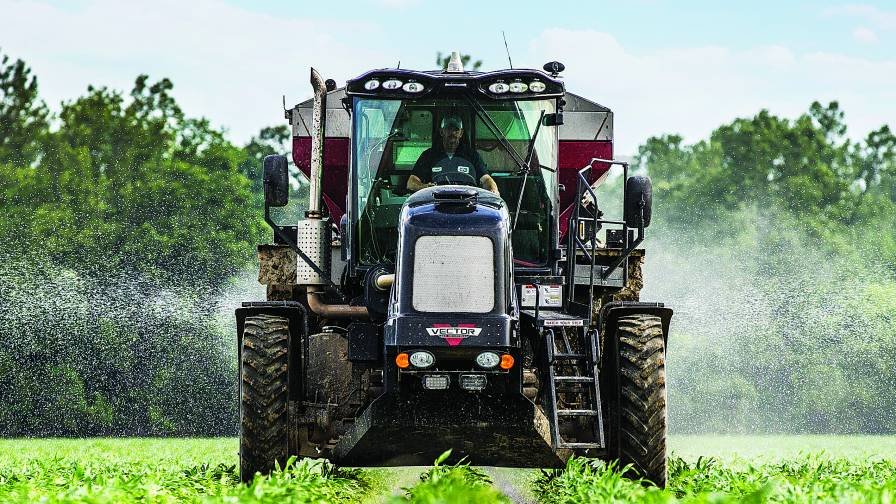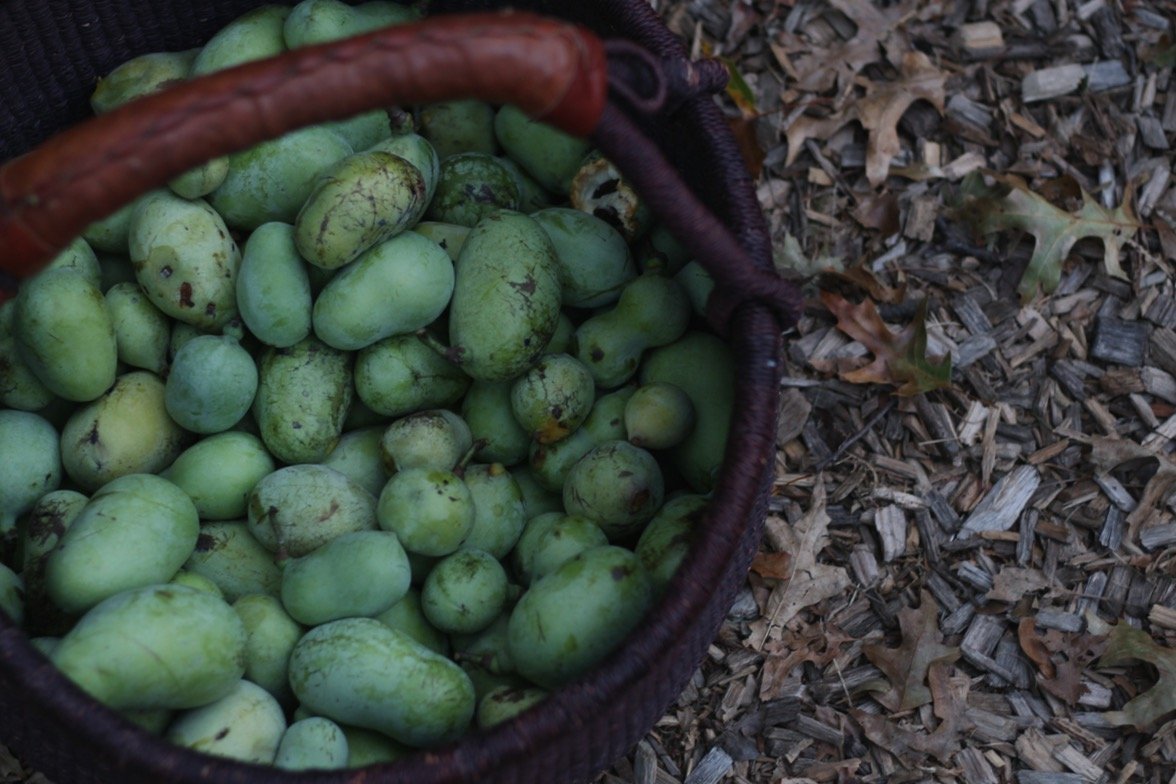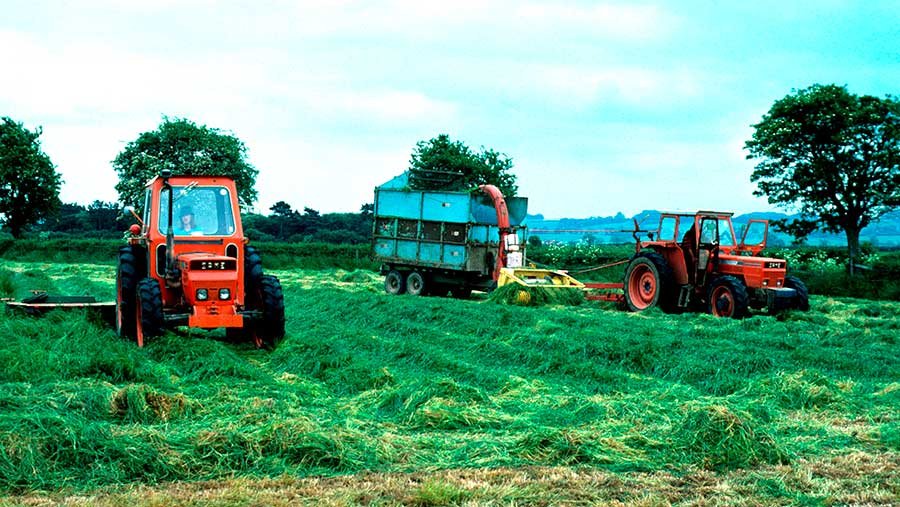Ending hunger for everyone in the world by the year 2030 is the second Sustainable Development Goal (SDG) of the United Nations. A goal that would seem to belong to the realm of utopian thinking just a hundred years ago is nowadays considered feasible, with the share of the global population living in hunger having declined from 13,4% in 2001 to 8,8% in 2017. Similarly, the share of underweight children went from a concerning 20,5% of all the world’s children in the year 2000 to a reduced, yet still important 12,6% by 2020. The world seems to be closing in on hunger, slowly but surely.
Yet, in spite of this apparent chain towards success, the United Nations is sounding the alarm: the world is not on track towards reaching the goal of zero hunger by 2030. In point of fact, the recent tendency is toward a reversion of the trends of hunger: more people could end up hungry by the year where hunger should have ended than by the beginning of the century, with 840 million hungry people in the world being a very real possibility. What drives these changes? What can reverse decades of improvement and successes in the battle against hunger? The greatest threat against what has already been achieved is, put simply, food insecurity: a great share of the world’s population lives in areas where the major drivers of hunger already cause, or can cause in the future, a heavy impact. Conflict stands as the main cause behind 60% of the world’s hunger, with climate change, inequality, and the current COVID-19 pandemic affecting every single country around the world in turn.
The major concerns in all these cases are two: logistics and production. The world already produces more than enough food for everyone currently living in it, but this food is distributed poorly, unequally, and inefficiently. These systems of distribution can, in turn, be easily disrupted, as shortages caused by COVID-19 proved very quickly and very clearly in the year 2020. If production itself is disrupted or stopped by climatic phenomena (enter climate change and its droughts, floods, sandstorms, and fires), it is difficult to predict how many people could become hungry and how quickly this could happen. All in all, the goal of ending hunger could seem to be farther away than ever.
A solution that policymakers need to focus on in order to tackle this is smallholder farming. Smallholders, the owners of farms of less than two hectares, comprise the vast majority of all farmers around the world, are impressively efficient at producing 35% of our food in just 12% of the land used for agriculture (larger farms, in contrast, produce the other 65% while occupying 88% of the cultivated land), are often local and thus can supply food to their communities in situations of supply chain disruption, are more willing to adopt new and better approaches to land stewardship, and help mitigate income inequality among farmers. Yet most policymakers do not focus on helping these smallholders survive and thrive, and neither does the current flow of research from academics and publishers. An article published in 2020 in the journal Nature found that over 95% of the articles published on agricultural subjects are irrelevant to the needs of smallholder farmers, and focus in turn on the needs of larger, wealthier farms. Most of the studies reviewed didn’t even involve the participation of farmers, at all.
It is clear that if we’re going to beat, or at the very least stave hunger by 2030, policymakers (and researchers as well) need to stop getting this wrong about ending hunger: smaller farms are not quaint remnants of a pre-industrial past. They, their survival and proliferation, might be what makes our food systems reliable in the face of many looming dangers.
Two women tend to their land in a 1.6 hectare (4-acre) land in Machakos, Kenya.













